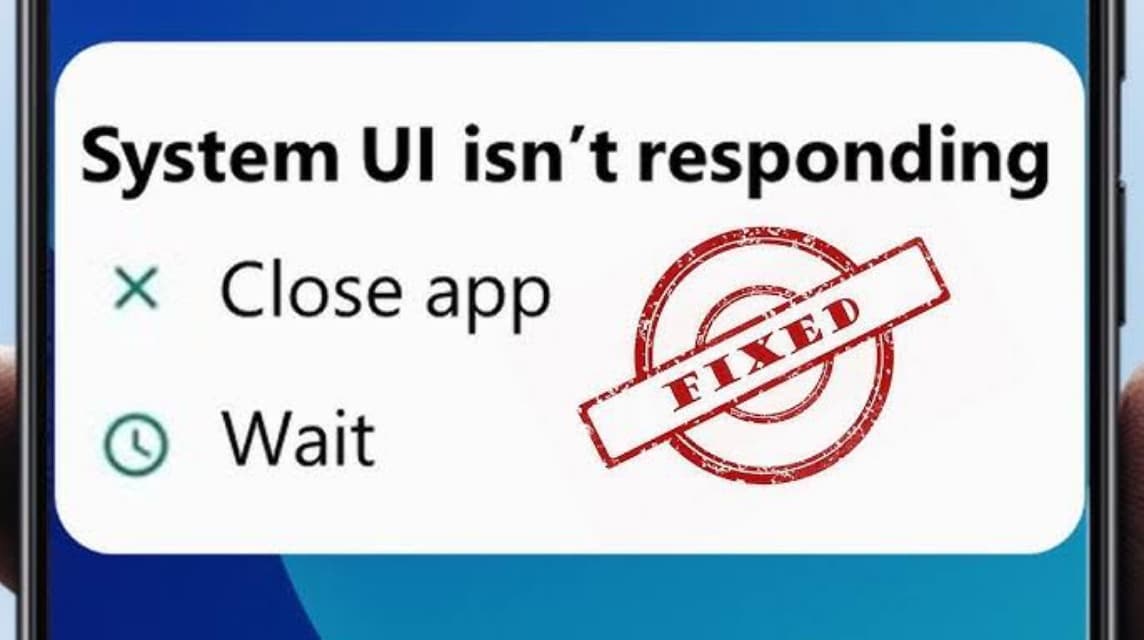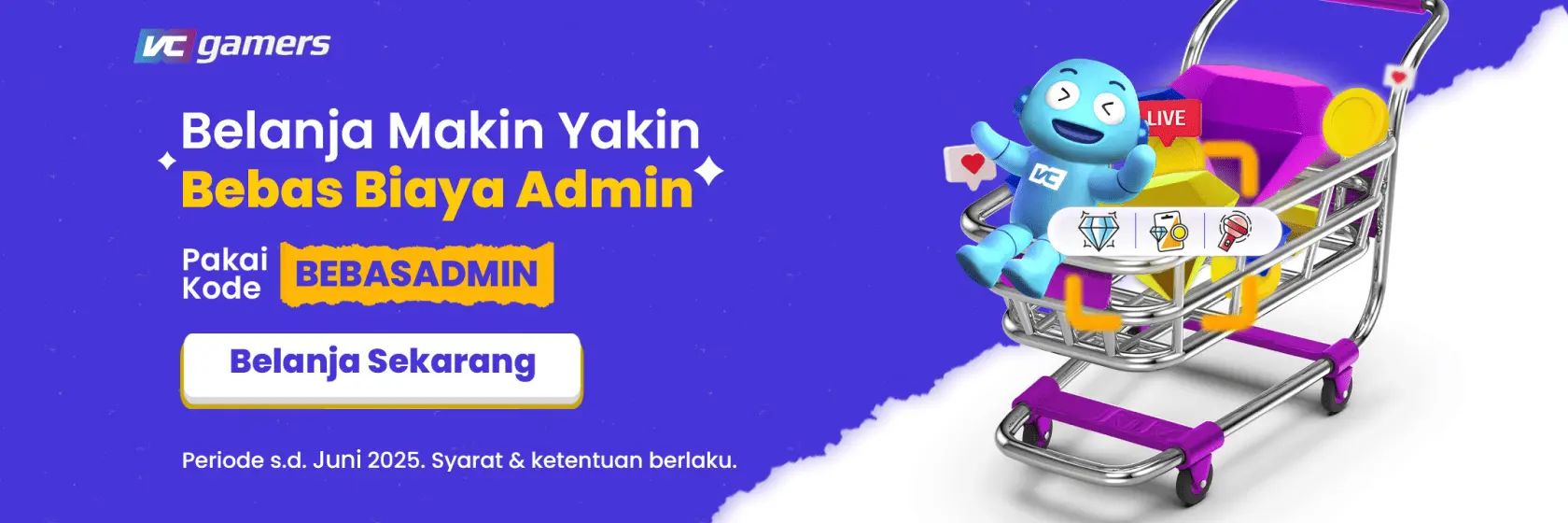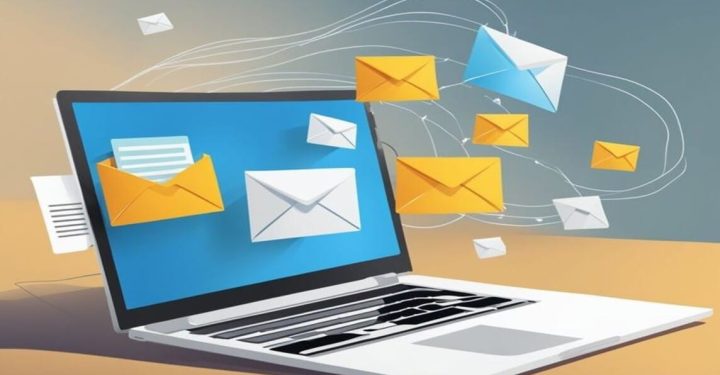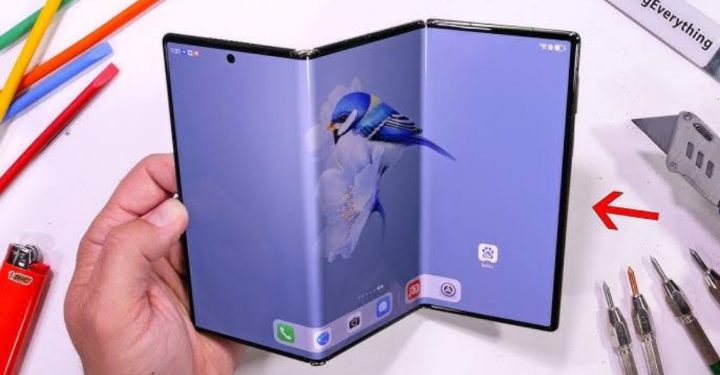How to Fix System UI Not Responding on Android
You can try several ways to overcome the UI system not responding. This often happens because the cellphone is too hot.
This condition often makes cellphone owners upset. Especially if you are using important applications or playing your favorite games.
Cheapest MLBB Diamonds!


 RudyStorez
RudyStorez

 TopMur
TopMur

 RudyStorez
RudyStorez

 RudyStorez
RudyStorez

 KING OF DIAMONDS
KING OF DIAMONDS

 RudyStorez
RudyStorez

 RudyStorez
RudyStorez

 TopMur
TopMur

 BANGJEFF
BANGJEFF

 TopMur
TopMurBut don't worry! Errors like this are common on Android, and are usually caused by several factors such as full memory or crashed applications.
This time we will discuss in full how to overcome the unresponsive system UI with simple steps that are easy to understand.
With these tips, you can fix it yourself without having to rush to a repairman. Come on, watch until the end and get ready to make your cellphone run smoothly again!
Also read:
What is UI on HP?
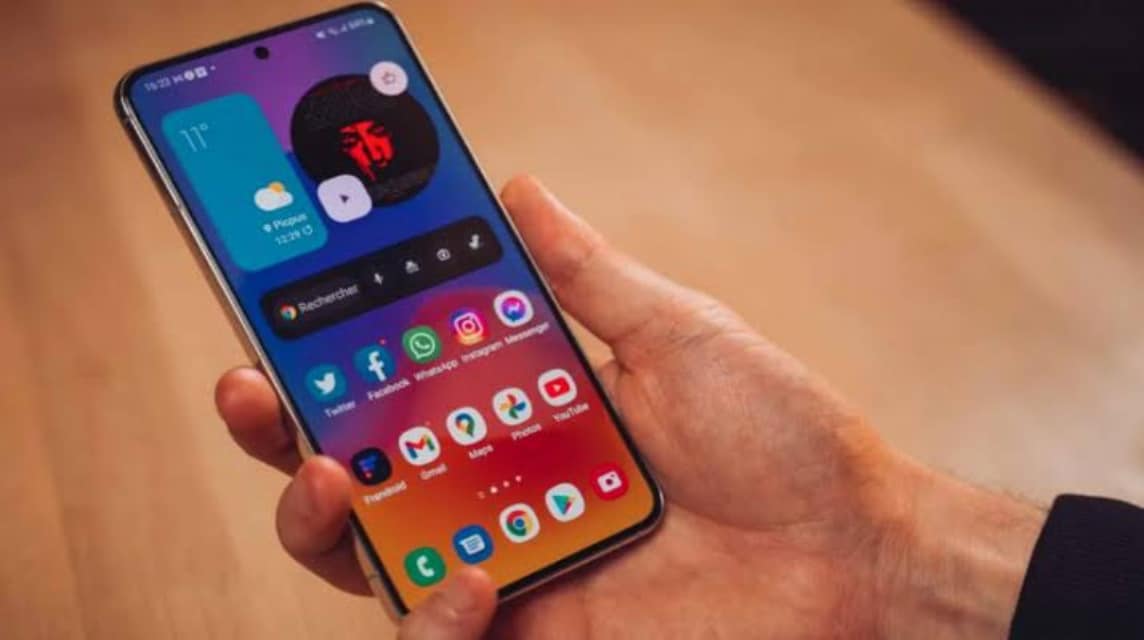
Before going into how to solve the problem, it is important to first know what “UI” actually is. UI or User Interface is the display that you see and interact with on your cellphone screen.
Starting from icons, menus, to navigation that makes it easier for you to use the application. In Android, this UI is known as System UI, which is part of the system that manages the screen display, notification icons, and various other visual features.
Well, this “System UI Not Responding” problem is when the display does not work as it should. Usually, your phone will display an error message and experience lag, or even hang for a moment.
Causes of “System UI Not Responding”
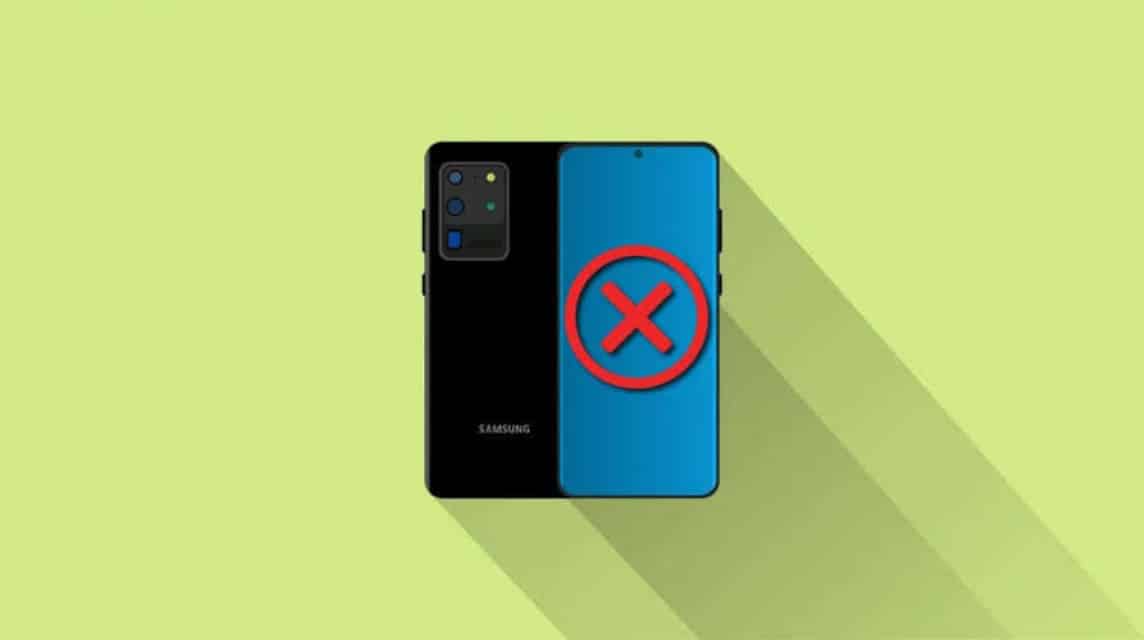
Many Android users experience this issue, and there are a few common causes that could explain why your system UI is unresponsive:
- Full Memory – When your phone storage is too full, the system becomes slower, including the UI.
- Apps Crashing – Some unstable apps can cause the Android system to conflict with the UI.
- Accumulated Cache – Too much cache makes the cellphone slow and ultimately the UI cannot run properly.
- Faulty System or Application Updates – Sometimes, incomplete updates cause bugs in the system UI.
- Inadequate HP Specifications – HPs with low specifications are usually more prone to UI problems when many applications are running simultaneously.
Well, now that you know what the cause is, let's take a look at how to overcome it!
How to Fix System UI Not Responding on Android
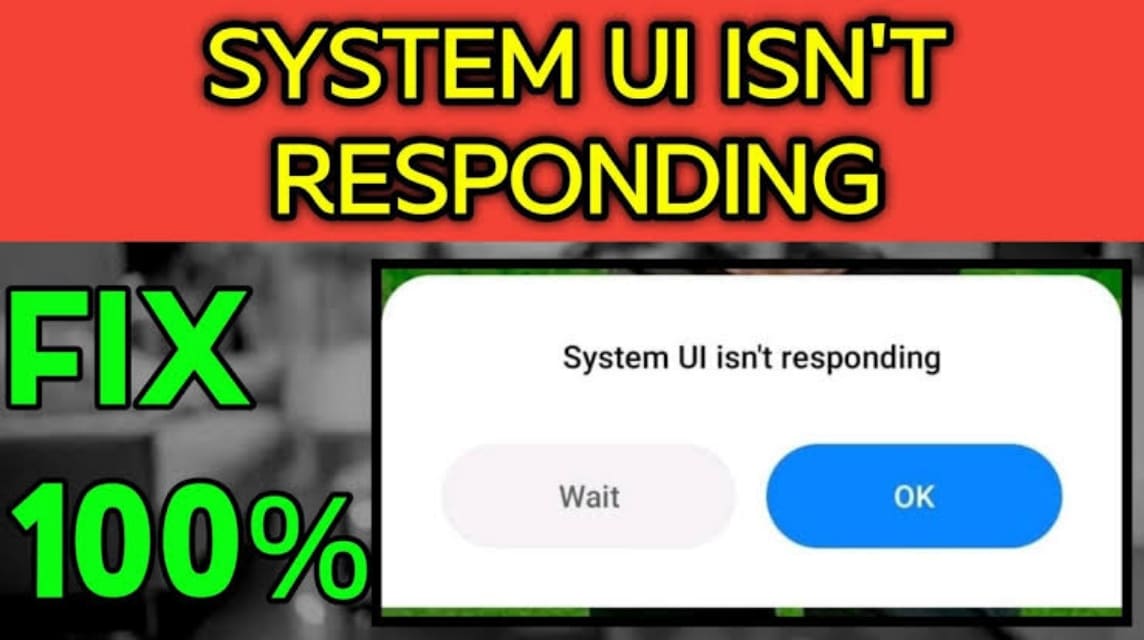
Here are some steps you can try to resolve the “System UI Not Responding” error on your Android phone.
Clear App Cache
Accumulated cache can interfere with system performance, including the UI. Clearing this cache can help lighten the system load.
The steps:
- Open Settings on your cellphone.
- Go to Storage, then select Data Cache.
- Clear cache to free up memory.
Additionally, you can also manually clear the app cache. Go to Settings > Apps, select the app you use frequently, and select Clear Cache.
Restart your phone
Sometimes, a simple restart can help. By restarting, the system will reload all components, including the UI.
The steps:
- Press and hold the Power button.
- Select Restart.
- Wait a few seconds for the phone to turn back on.
After restart, check if the system UI issue still occurs or is resolved.
Android Operating System Update
OS (Operating System) updates usually bring bug fixes, including UI issues.
The steps:
- Go to Settings > System > System Update.
- Check for updates.
- If there is, do an update and make sure the phone is connected to WiFi and has sufficient battery power.
Clean Up Storage
As mentioned, full storage can slow down UI performance. You can clean up unnecessary files, such as photos, videos, or outdated downloads.
The steps:
- Go to Settings > Storage.
- Delete unnecessary files.
- Make sure you leave enough space for the system to run smoothly.
Try Using Safe Mode
Safe mode allows you to run Android with only basic system apps. If the UI issue is caused by a third-party app, safe mode can help detect which app is causing the problem.
The steps:
- Press and hold the Power button.
- When the Power Off option appears, long press the option until Safe Mode appears.
- Select OK to enter safe mode.
In this mode, check if the UI issue still occurs. If not, the problem is most likely in one of the apps you downloaded.
Reset HP to Factory Settings
If all the above methods do not work, you can try this last option. Factory reset will erase all data and return the phone to its original condition.
The steps:
- Go to Settings > System > Reset > Reset to Factory Settings.
- Select Erase All Data.
- After reset, reinstall the apps you need.
Before resetting, make sure to back up important data so you don't lose it.
With several ways to overcome the unresponsive system UI above, starting from clearing the cache to resetting to factory settings. Each step above has its own purpose, so choose the method that best suits your cellphone's condition.
Also read:
If you need to top up your game to make your gaming experience even more exciting, check directly at VCGamers Marketplace!

